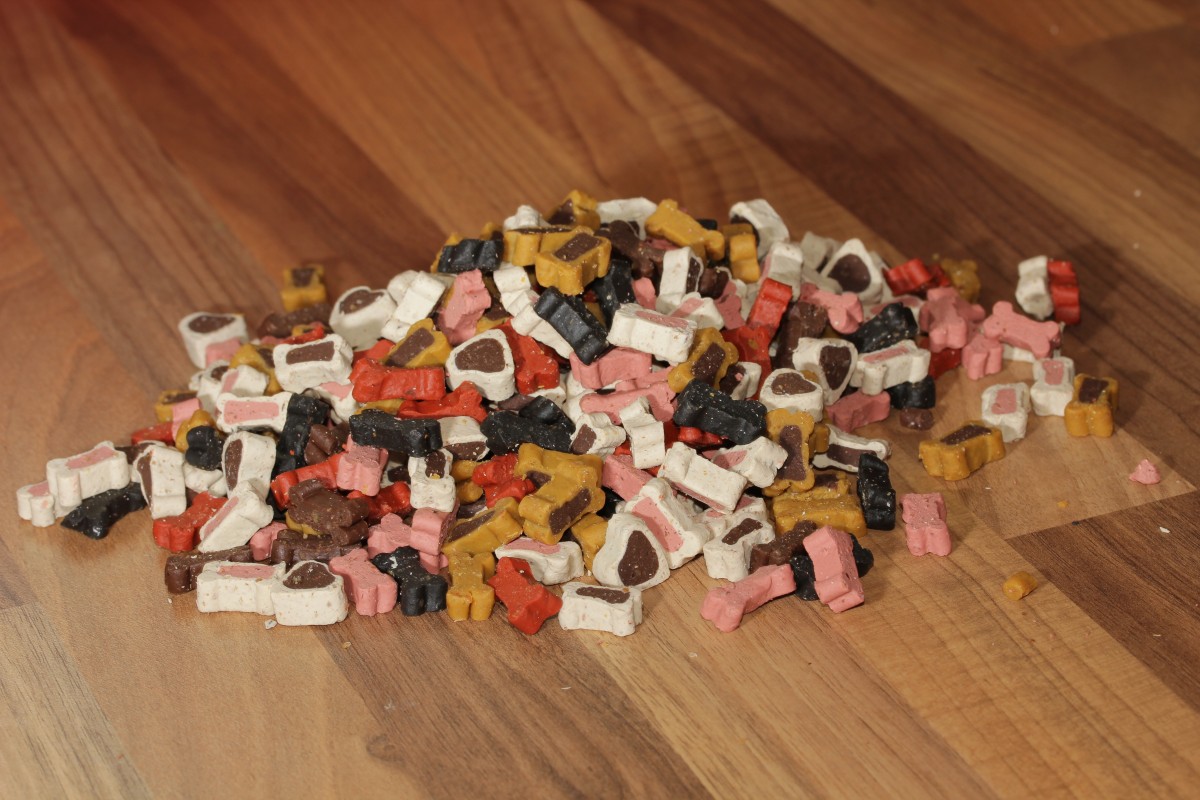The Benefits of Raw Food Diets for Your Dog
So, you’re curious about the raw food diet for your dog, huh? Maybe you’ve heard from other pet parents that it’s a game-changer, or maybe you’re just fed up with commercial kibble that feels like it’s made of unpronounceable ingredients. Well, you’re in the right place. Let’s talk about why switching your dog to a raw food diet could be one of the best decisions you make for your four-legged buddy.
Why Consider Raw?
Dogs have evolved from wild animals that once ate fresh, whole prey. Imagine a wolf in the wild tearing through fresh meat—that’s pretty close to what your dog’s digestive system was built for. A raw food diet attempts to replicate that natural eating pattern, providing your dog with the nutrients it would naturally seek out.
Unlike processed kibble that’s often filled with additives, raw diets are typically rich in proteins, healthy fats, vitamins, and minerals—all things that help your dog thrive. By feeding raw, you’re essentially giving your pet the benefits of a diet that’s closer to what nature intended.
1. Improved Skin and Coat Health
Have you noticed your dog’s coat looking a little dull or their skin dry and flaky? A raw diet could make a big difference. When your dog is eating fresh meat, raw eggs, and even omega-3-rich fish, it’s getting all the nutrients that help its coat become shinier and skin more hydrated. The natural oils found in raw foods, particularly in ingredients like salmon or even a splash of cold-pressed coconut oil, contribute immensely to their overall skin health.
This website includes affiliate links, which means I may earn a commission if you make a purchase through these links, at no extra cost to you. All recommendations are based on professional expertise and thorough research.

For example, adding something like Alaskan Salmon Oil (this is a link to Amazon) to your dog’s meals can support a glossy coat and itch-free skin. This oil is highly rated and frequently recommended for pets on a raw diet.
2. Better Dental Health
If you’ve ever struggled to brush your dog’s teeth or noticed the beginning signs of plaque and tartar, you’re not alone. One of the less discussed, but highly impactful, benefits of raw feeding is improved dental health. Chewing on raw meaty bones acts as nature’s toothbrush for your pup. As your dog gnaws on a bone, it’s scraping off plaque and strengthening its gums.
A highly-rated product like Nature Gnaws Bully Sticks, (this is a link to Amazon) which are great for dental health, can serve as an excellent supplement. These are digestible and help satisfy your dog’s natural instinct to chew, further improving their dental hygiene.
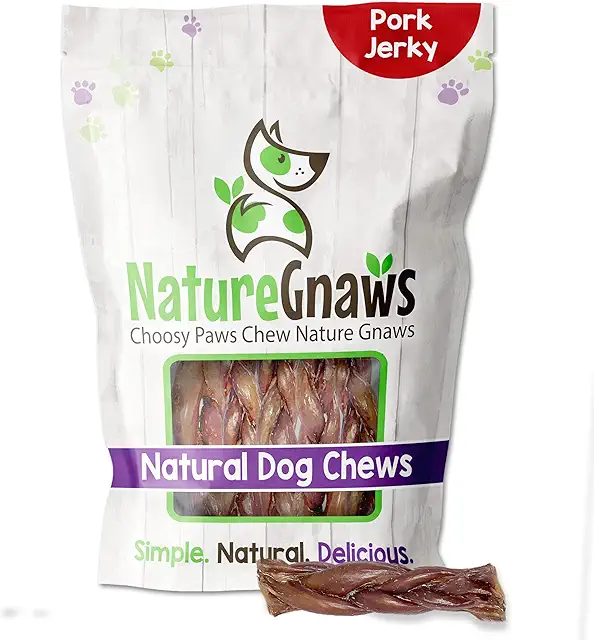
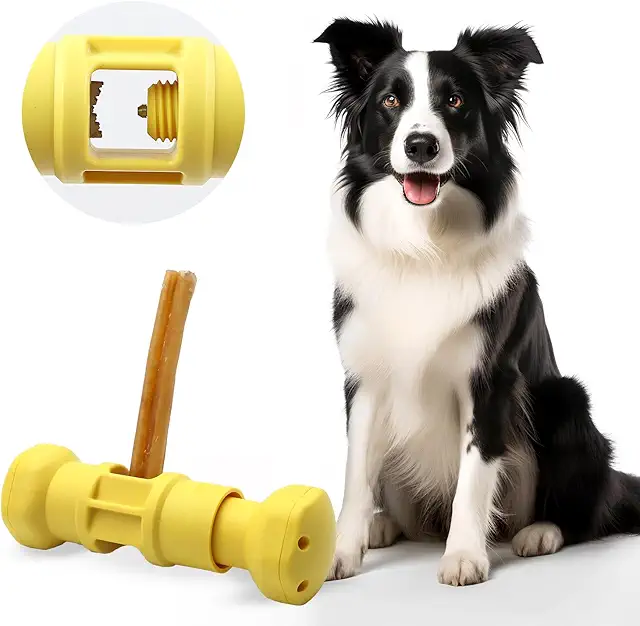
3. More Energy and Vitality
Think about the last time you indulged in some greasy fast food and ended up feeling sluggish afterward. Your dog can feel the same way after consuming low-quality kibble that’s packed with fillers. With a raw food diet, you’ll likely notice a significant difference in your dog’s energy levels—in a good way. The high-quality proteins and lack of excessive carbs give them the right fuel to feel energized without the mid-day crashes.
Many dog owners who switch to raw feeding mention how their dogs suddenly seem more youthful, whether they’re sprinting around the yard or enthusiastically ready for hikes. Fresh proteins from meats like chicken, beef, and lamb are much easier to digest and metabolize, giving your dog that extra boost of vitality.
4. Improved Digestive Health
Raw diets can also work wonders for dogs with sensitive stomachs. If your pup often experiences bloating, gas, or inconsistent stools, a raw diet might be the answer. By switching to fresh ingredients—ones free from artificial additives or excessive grains—you might notice firmer, less frequent stools and fewer upset stomachs.
Many pet parents start with raw ground beef or chicken, as they are usually well tolerated. You could also add a probiotic like Purina FortiFlora (this is a link to Amazon) or Pre and Probiotics to further aid in digestion, especially during the transition phase to raw feeding.
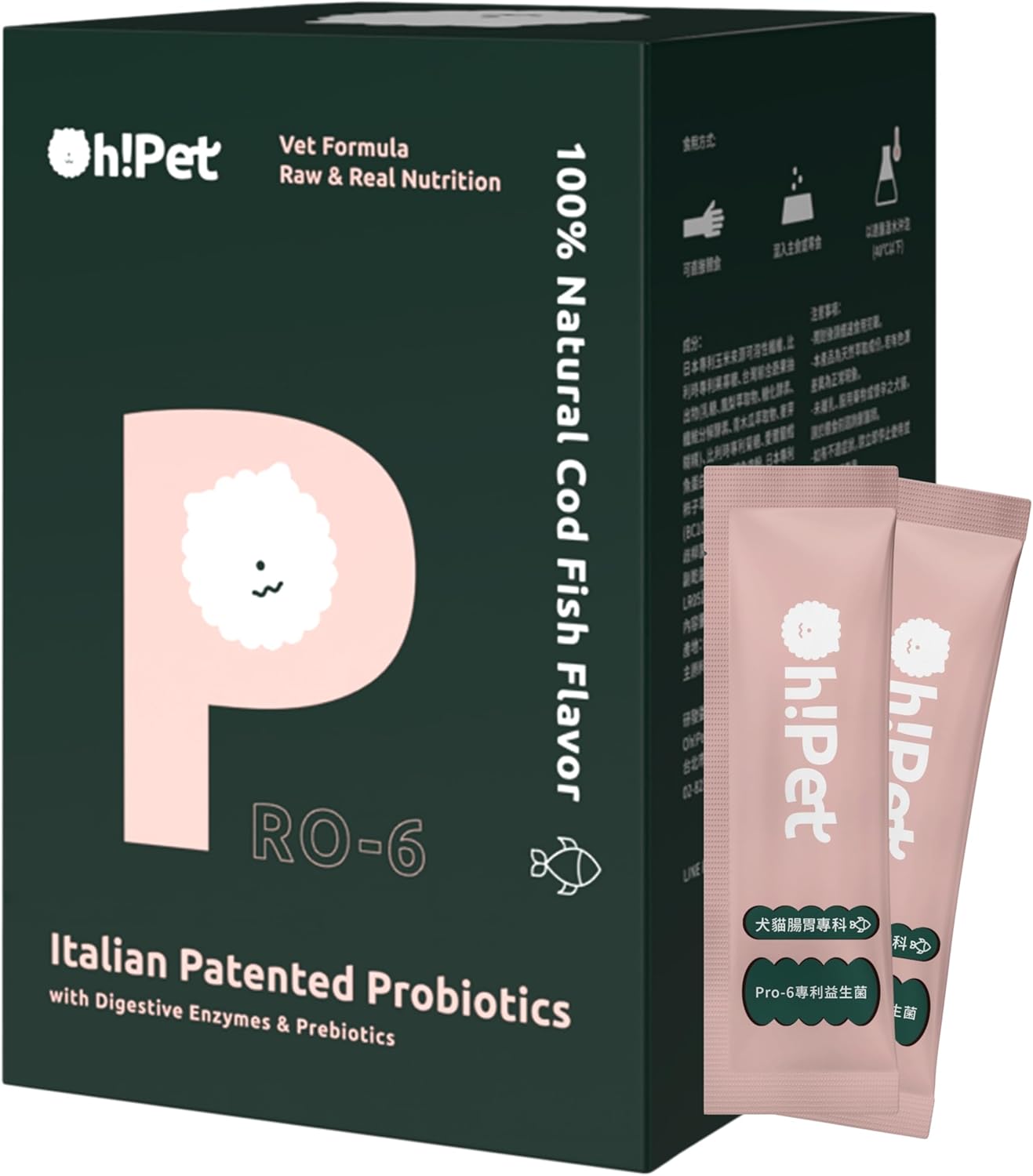
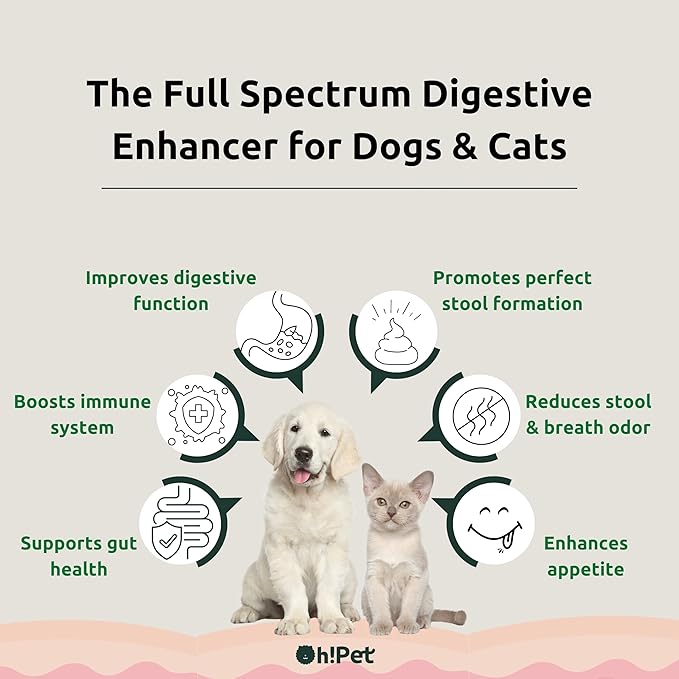
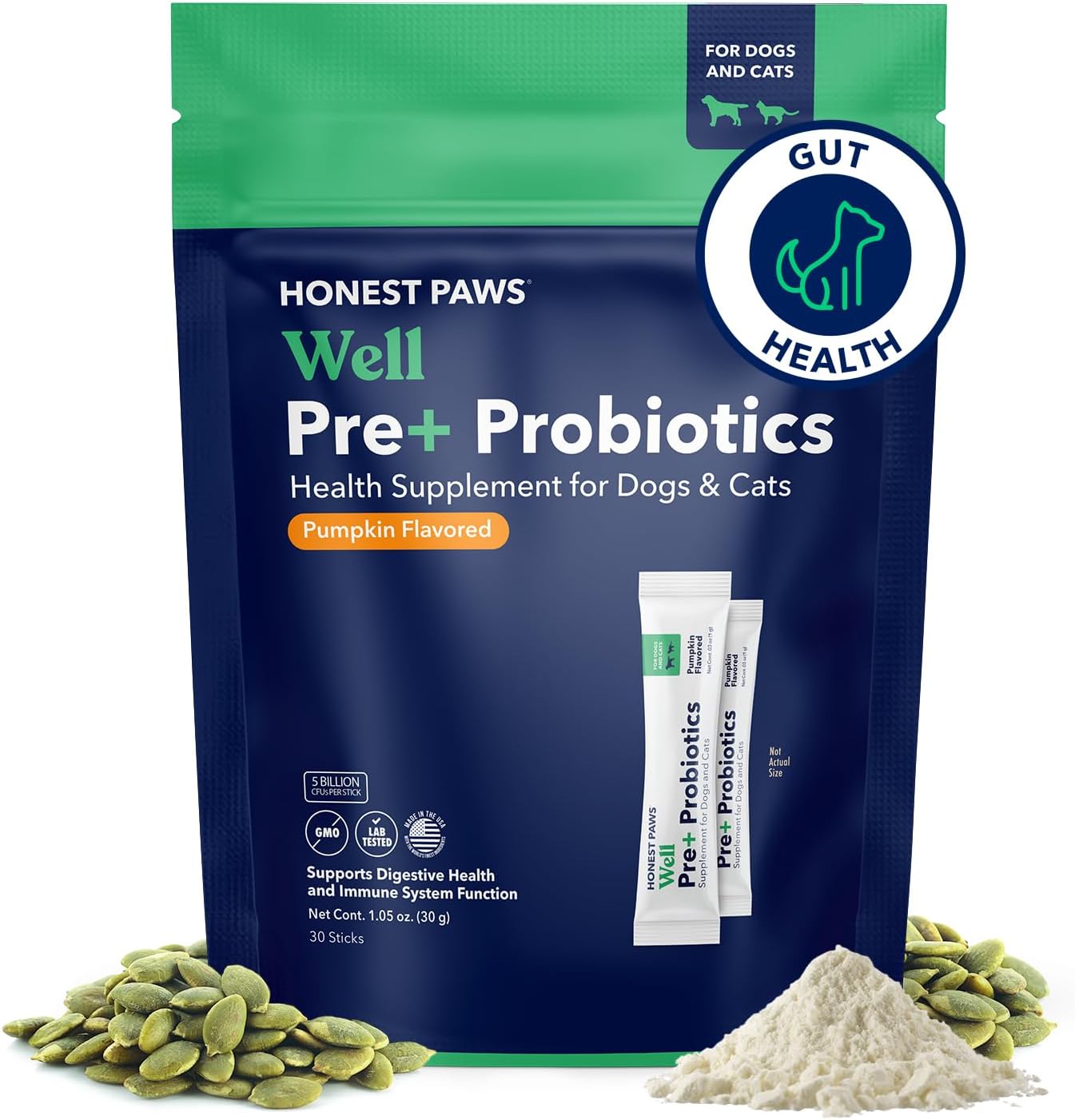
5. Allergy Relief
Allergies are a common issue in dogs, and traditional commercial dog food is often loaded with ingredients that can trigger allergic reactions—things like artificial dyes, preservatives, and fillers. A raw diet allows you to control exactly what goes into your dog’s body, helping eliminate potential allergens. With fresh proteins, you have the option to rotate ingredients, reducing the chances of developing intolerances.
Chicken, for instance, might be problematic for some dogs, but more novel proteins like rabbit or duck could work much better. Plus, you can easily add in raw vegetables, such as carrots or leafy greens, that are both nutritious and generally hypoallergenic.
6. Weight Management
Many dogs struggle with maintaining a healthy weight, especially if they’re eating kibble that’s high in carbohydrates. Carbs can lead to weight gain in dogs, especially if they aren’t getting enough exercise. On a raw food diet, (this links to various books on Amazon), or frozen raw food (links to Amazon), your dog will receive nutrient-dense foods that help build lean muscle while keeping them full and satisfied.
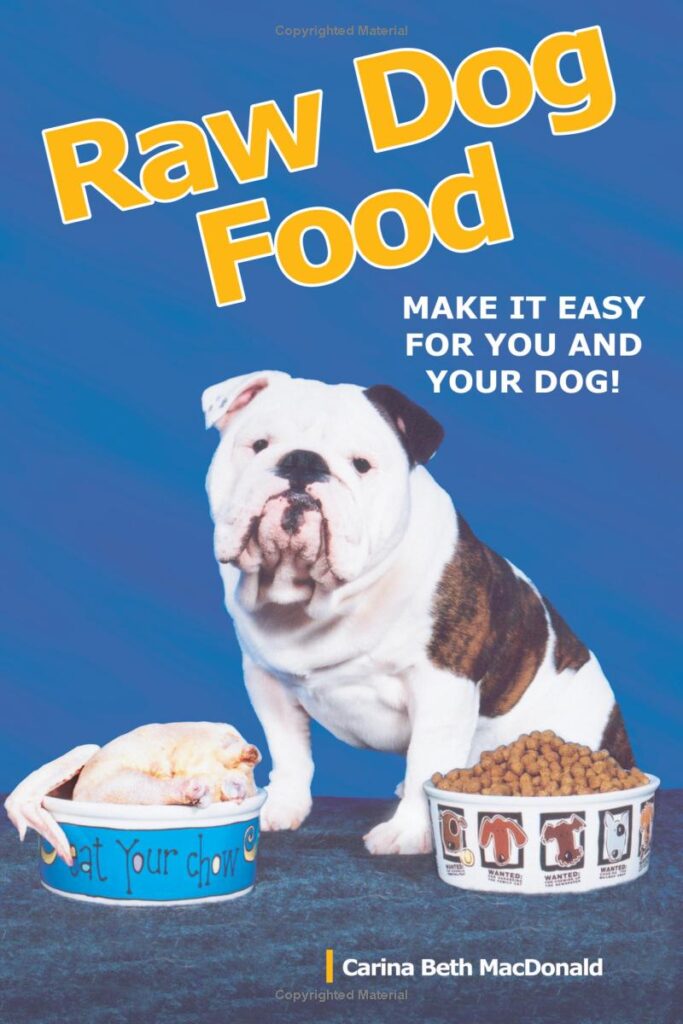
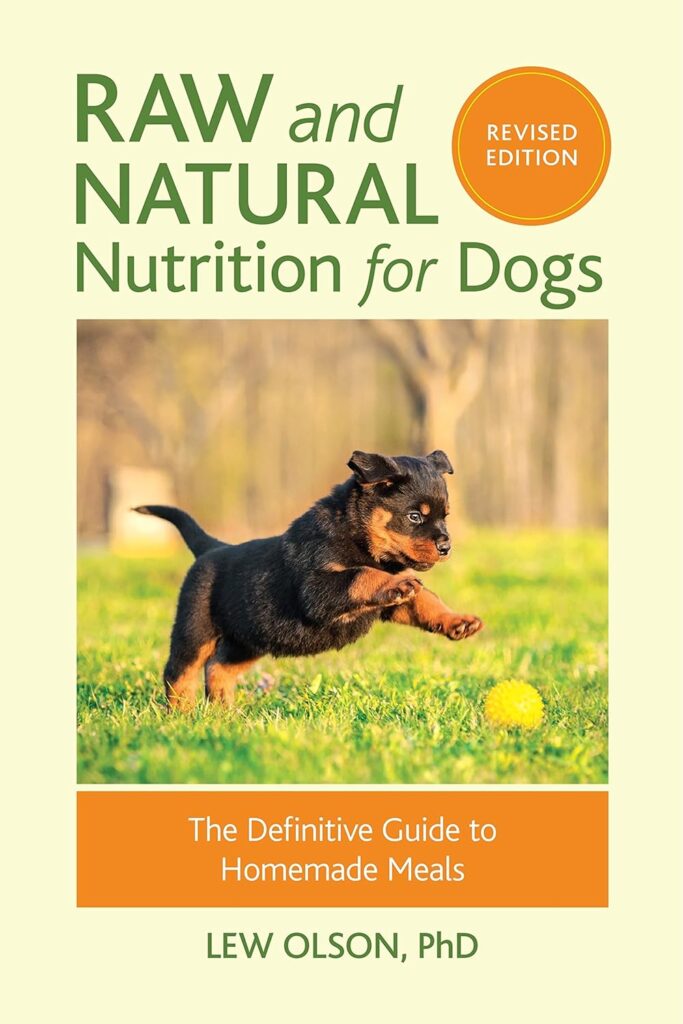
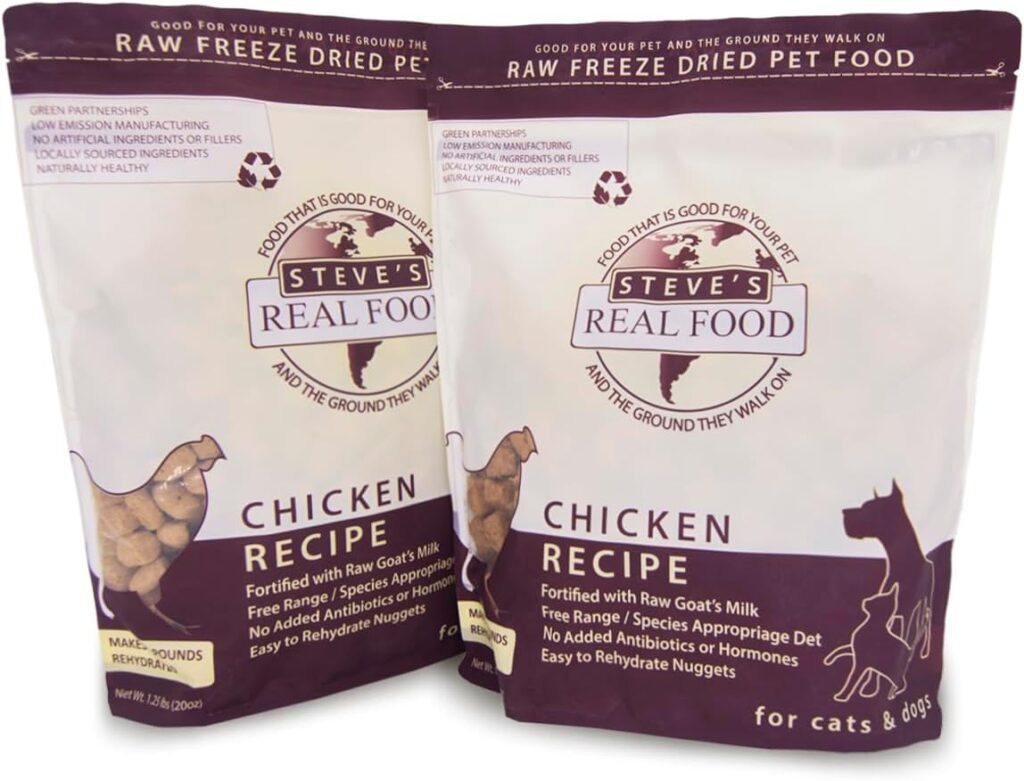
Because raw food diets focus more on protein and healthy fats, it’s easier to regulate your dog’s calorie intake. Over time, this can help them maintain a healthy weight. Adding in raw vegetables, like green beans or broccoli, can also bulk up their meal without adding unnecessary calories.
7. Boosted Immune System
Feeding a raw diet is like giving your dog a boost in its immunity armor. The vitamins and minerals found in raw foods, particularly organ meats like liver and heart, contain an abundance of immune-supporting nutrients. Liver, for instance, is packed with vitamin A, which plays a critical role in keeping your dog’s immune system strong and their vision sharp.
Additionally, supplementing with a product like PetHonesty 10-for-1 Multivitamin (this links to Amazon) can help cover any gaps and ensure your dog is getting a well-rounded nutritional profile.
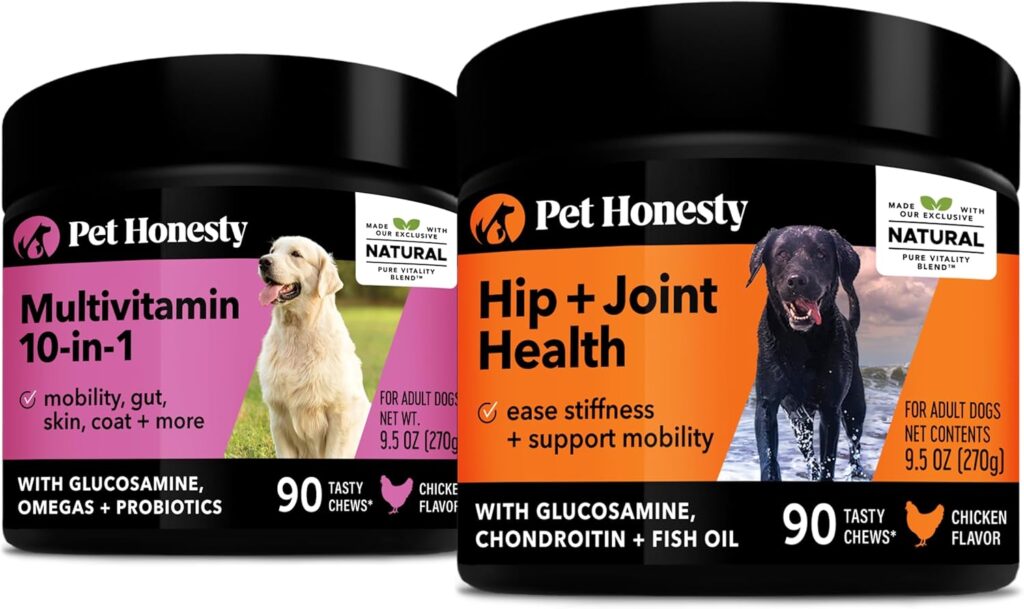
8. Fewer Stools and Less Odor
If you’ve ever dreaded poop-scooping, this is definitely a plus! And not only is there less of it, but raw-fed poop tends to decompose more quickly in nature.
One not-so-glamorous benefit that’s worth mentioning is the difference you’ll notice in your dog’s poop. Raw-fed dogs often produce smaller, firmer, and less smelly stools compared to dogs fed on kibble. This is because their bodies are utilizing more of the nutrients in their food, leaving behind less waste.
How to Get Started with Raw Feeding
If you’re intrigued by the benefits but aren’t sure how to get started, don’t worry—transitioning to a raw diet isn’t as overwhelming as it might seem. You can begin by incorporating small amounts of fresh, raw food alongside your dog’s current diet. Over time, increase the amount of raw food while gradually reducing kibble until your pup is fully transitioned.
A helpful tip is to start with simpler proteins like chicken or beef, as they’re easier on your dog’s stomach. You could also consider pre-prepared raw food meals, which are available online and are convenient for people who are new to raw feeding. For example, Instinct Raw Boost Mixers (this links to Amazon) are a great way to introduce raw nutrition without jumping in headfirst.
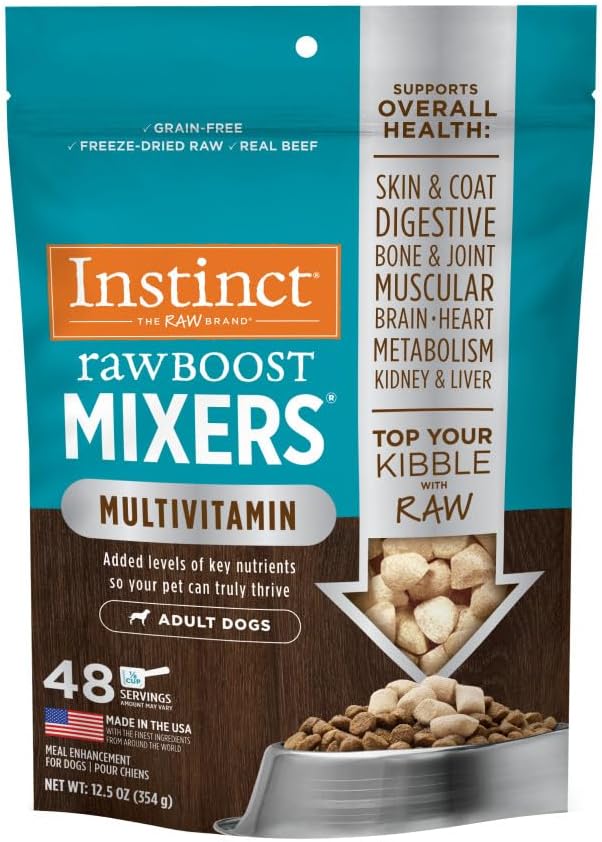
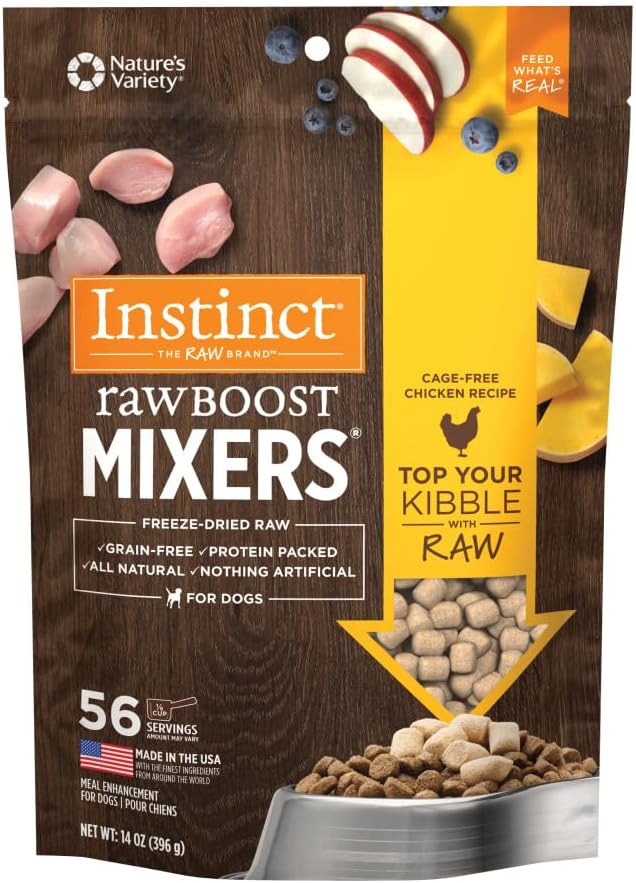
Keeping It Safe
When handling raw meat, it’s crucial to maintain cleanliness. Always wash your hands, use separate utensils, and keep surfaces sanitized. Remember, your dog’s digestive system is better suited for bacteria than yours is, but cross-contamination should still be avoided. Use stainless steel bowls (like the Basis Pet Stainless Steel Bowls) (this links to Amazon) for feeding, as they’re easy to clean and more resistant to harboring bacteria compared to plastic.
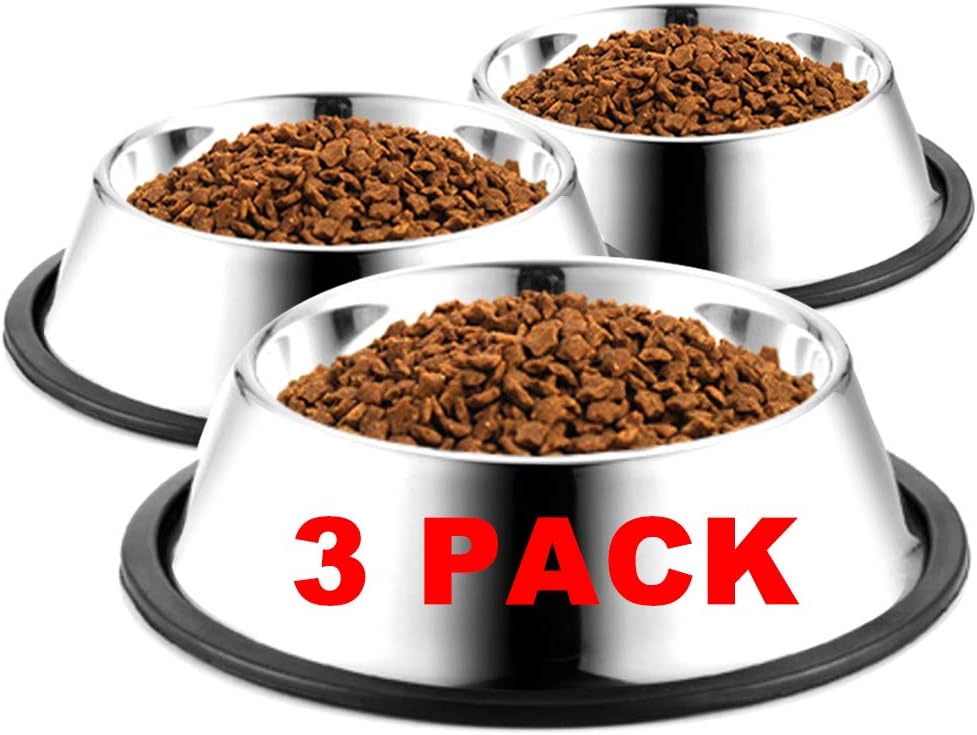
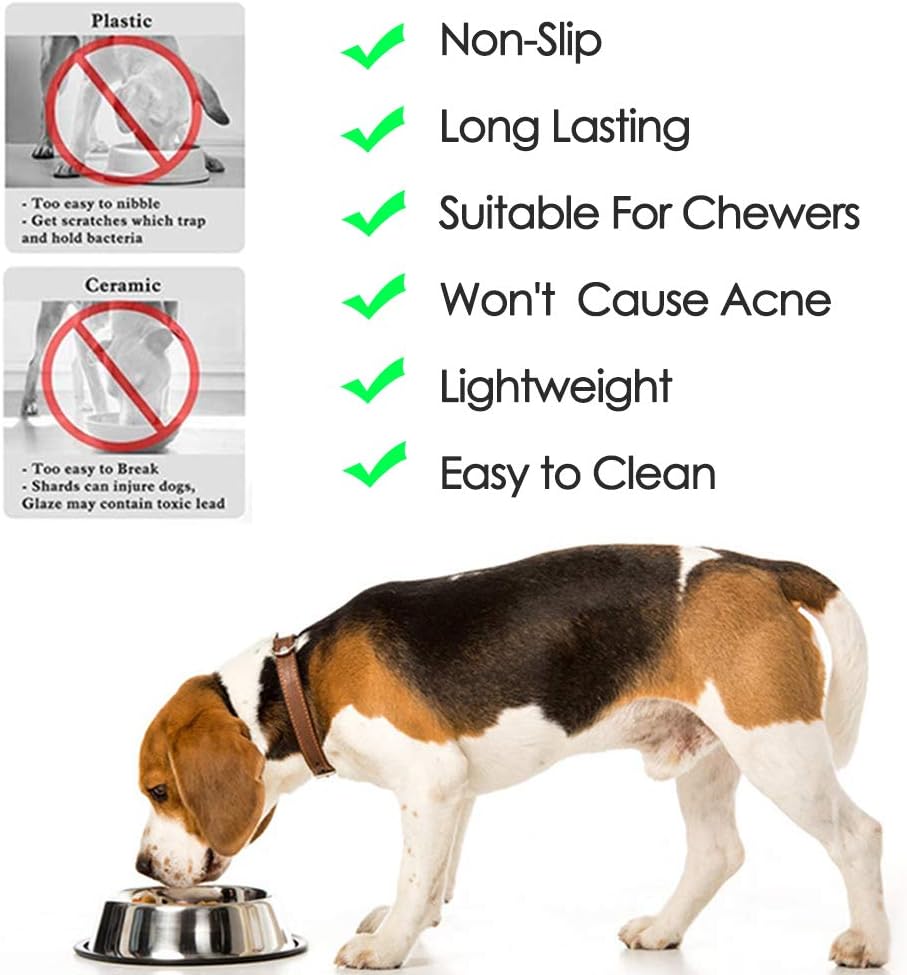
Common Concerns About Raw Feeding
You might be wondering: is raw feeding truly safe? The answer is yes, as long as you handle and store the food properly. Some concerns include the possibility of bacterial contamination, but with safe handling practices, these risks are minimal. Additionally, feeding raw doesn’t mean you’re only giving your dog bones and raw meat; it’s about providing balanced nutrition that includes meats, organs, and even some fruits and vegetables.
There are also fears about choking hazards when it comes to bones. To avoid this, it’s crucial that you only give your dog raw bones, never cooked ones (which can splinter). Larger, softer bones like beef knuckles are generally safe for most dogs, and always be sure to supervise them during chew time.
Wrapping It All Up
The benefits of a raw food diet for your dog are numerous. From shinier coats, better dental health, and improved digestion to increased energy and fewer allergies, the impact can be profound. Plus, your dog will love mealtime even more—there’s something about fresh, raw food that excites them in a way that kibble never could.
If you’re ready to make the change, start slow, and do your research to ensure you’re providing a balanced diet. The rewards you’ll see—and that your dog will feel—will be well worth the effort. And if you’re ever in doubt, consult a vet or a canine nutritionist who can guide you on the journey to better health for your furry best friend.
Your dog deserves the best, and with a raw food diet, you’re giving them a meal plan that’s as close to nature’s intention as possible. After all, their loyalty and love deserve nothing less.
Ready to dive in? Don’t forget to grab a few essentials, like high-quality meat, supplements like Alaskan Salmon Oil, and a set of stainless steel bowls for a safe and convenient raw feeding experience!
